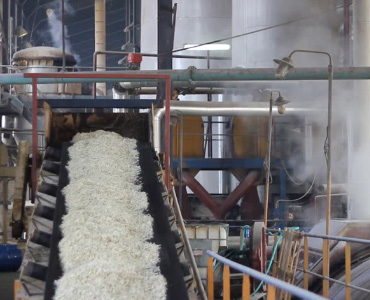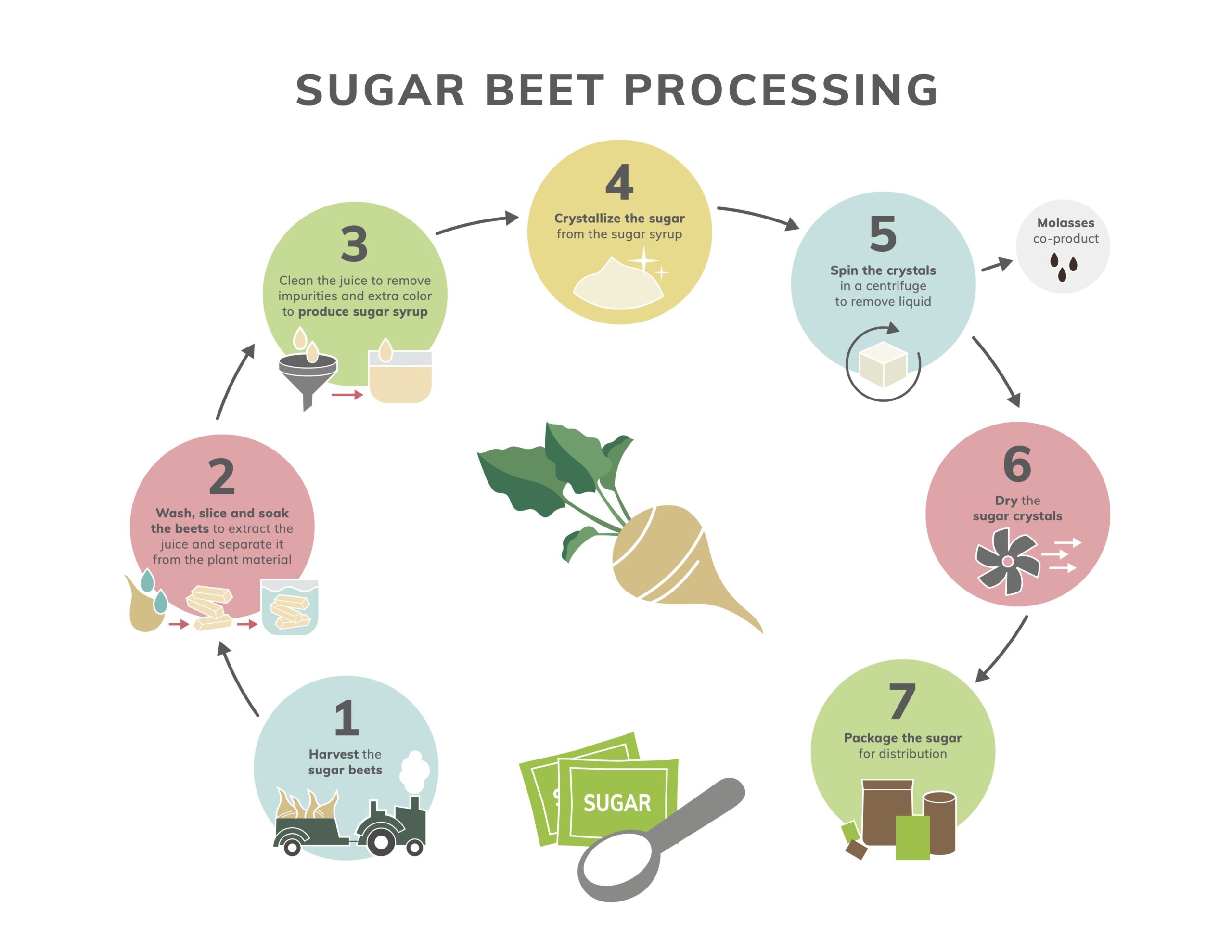Maximizar Rendimientos Y Minimizar Costos: Estrategias Avanzadas Para La Optimización Química Del Procesamiento De Azúcar De Caña
In the world of walking cane sugar processing, the pursuit of making the most of returns while concurrently reducing expenses stands as an awesome challenge that needs a critical mix of advanced chemical optimization methods. Amidst this intricate web of strategies lies the assurance of unlocking untapped capacity and changing the extremely significance of sugar production.
Chemical Evaluation for Efficiency
Chemical evaluation plays a pivotal function in boosting the performance of sugar walking cane handling by giving vital understandings into the composition and properties of the raw products. By carrying out detailed chemical evaluations on sugar cane examples, processors can establish the specific concentrations of sucrose, glucose, fructose, and other elements existing in the raw material. This information is vital for maximizing the different phases of the sugar walking cane processing chain, from crushing to crystallization.
Moreover, chemical analysis makes it possible for cpus to identify impurities such as natural acids, proteins, and minerals that can influence the high quality and yield of the last sugar product. By evaluating these pollutants, processors can apply targeted techniques to remove or alleviate their results, inevitably improving the general efficiency of the processing plant.
Furthermore, chemical analysis facilitates the monitoring of process parameters such as pH, temperature level, and viscosity, enabling processors to make real-time adjustments to make sure optimum conditions for sugar removal and crystallization. In general, a complete understanding of the chemical composition of sugar walking stick is important for making best use of yields, lessening costs, and maintaining high item top quality in the sugar manufacturing market.

Enzyme Use for Increased Returns
With a critical strategy to enzyme utilization, sugar walking stick processors can substantially improve their yields while preserving operational effectiveness in the production process. Enzymes play a crucial function in sugar cane handling by breaking down complex carbs right into easier sugars, hence raising the total sugar removal performance. By integrating specific enzymes tailored to target the different elements of sugar cane, such as cellulose and hemicellulose, processors can enhance the launch of sugars throughout removal.
Enzyme application provides the benefit of optimizing sugar returns from the raw product while lessening the power and resources required for handling. This causes a more sustainable and cost-efficient manufacturing procedure. Furthermore, enzymes can aid in reducing handling time and improving the total quality of the sugar product. Through mindful selection and application of enzymes, sugar cane processors can optimize their operations to attain higher yields and earnings.
Ph Control for Optimum Handling
Enzyme utilization for enhanced returns in sugar cane processing lays the structure for attending to the vital element of pH control for optimum handling effectiveness. Preserving the ideal pH level throughout various phases of sugar cane processing is crucial for making best use of yields and pop over to this site decreasing prices. pH control is specifically crucial throughout the removal and explanation processes. In the extraction phase, preserving the correct pH aids in accomplishing efficient sucrose extraction from the cane. Controlling the pH during information help in the precipitation of contaminations and non-sucrose elements, leading to a purer final item. PH affects the activity of enzymes included in you can check here the malfunction of macromolecules, impacting the general performance of the process. By carefully keeping track of and changing the pH degrees at different processing actions, sugar walking stick cpus can enhance sugar recovery rates, decrease chemical usage, and enhance the overall manufacturing process. Effective pH control not only boosts the high quality of the final item but also adds to sustainable and cost-efficient sugar walking cane handling procedures.
Advanced Filtering Strategies
Applying sophisticated filtering methods in sugar cane processing enhances the efficiency and purity of the last item through fine-tuned splitting up methods. By integrating sophisticated filtering technologies, such as membrane filtration and turned on carbon purification, sugar walking cane processing plants can accomplish greater levels of sugar healing and enhanced top quality control.

Triggered carbon filtering is another sophisticated method that helps in the removal of colorants, off-flavors, and recurring pollutants from sugar walking cane products. By utilizing triggered carbon's adsorption properties, this purification technique boosts the quality and taste of the sugar, fulfilling the high requirements demanded by consumers and market guidelines.
Energy-Efficient Distillation Methods
Energy-efficient purification techniques are important for enhancing the sugar cane processing sector's power usage while keeping top quality product criteria. Standard purification procedures can be energy-intensive, bring about higher production costs and environmental effects (Cane Sugar Processing Chemicals). Implementing energy-efficient purification approaches, such as vacuum cleaner distillation or molecular purification, can considerably decrease energy needs while boosting total process efficiency
Vacuum cleaner distillation entails reducing the pressure within the distillation system, which decreases the boiling point of the liquid combination being processed. This reduction in boiling factor lowers the energy needed for vaporization, causing energy financial savings compared to conventional purification techniques.
On the various other hand, molecular purification uses brief course purification methods under high vacuum cleaner problems to different compounds based on their molecular weight. This technique is particularly efficient for heat-sensitive materials, as it runs at lower temperature levels, lowering power consumption and protecting product quality.
Final Thought
